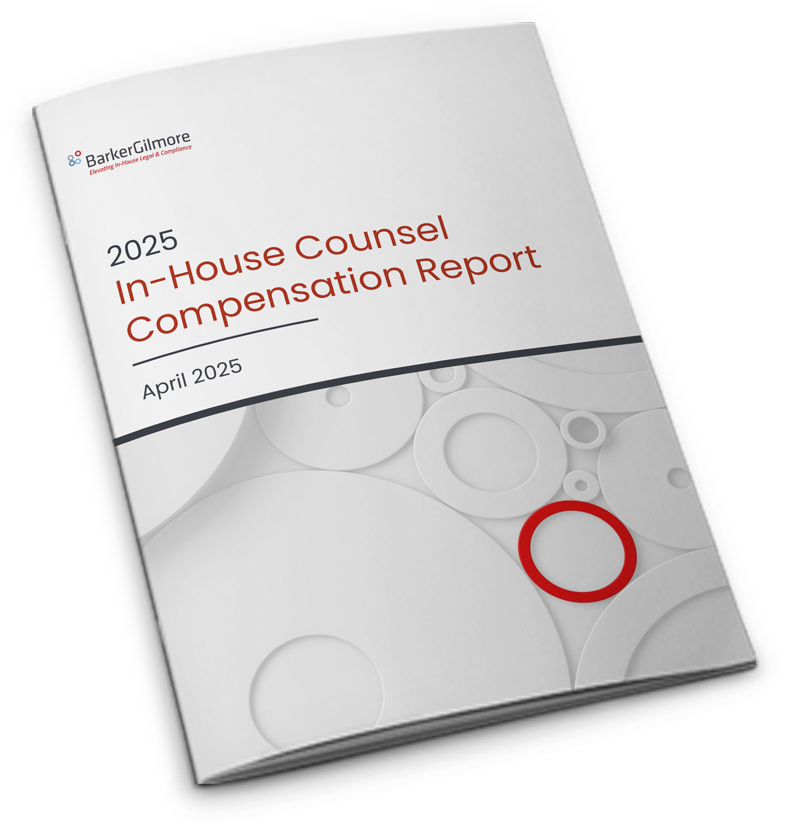Strategic Advisors and Coaches Gjon Nivica and Marla Persky shared best practices for law departments to become more effective and efficient in how they deliver service that results in value to the customer, and discussed how to continuously improve, innovate, and take the department to a higher level of performance to improve cost and quality.
Every law department is on a journey to become more effective and efficient in how it delivers service that results in value to the customer — each with varying degrees of success. What distinguishes the better-than-good from the rest? How do you continuously improve, innovate, and take your department to a higher level of performance to improve cost and quality?
Over a relatively short period of time and despite the distractions and disruptions that corporate counsel face on a daily basis, results like these are in your reach. The dual goals of measurable cost and objective quality can be achieved while also bolstering team pride and morale within the department. This high level of success will ultimately strengthen the position of your law department within the organization and even set the standard for other departments.
Start with a Vision and Mission.
The first step in propelling the legal department to higher levels of effectiveness is to start with a vision which will provide the meaning and reason behind the journey. Create that vision by gathering internal and external feedback. Avoid surveys –– you and your staff need to meet face-to-face with your business equivalents to:
- Discuss the department;
- Find out how it’s executing on its current goals;
- Evaluate whether those goals are directly supporting the strategy of the business;
- Get a sense of where the business is going and its developing needs.
In addition, address the current delivery of legal services and ways to maximize value and minimize friction for internal clients. These insights will be extremely useful in shaping the department vision and the key elements of the supporting strategy. Think of the vision as the aspirational endpoint that you’re striving to reach and search for universal themes in the client feedback; let the mission define key characteristics of the department that will help to achieve the vision.
Develop a Strategy with Actionable Goals for All.
The process of moving the department to realize its mission and vision centers around the development of key strategic elements. Focus on delivering value in the form of cost, quality, and delivery.
While strategies, processes, and metrics are critically important, it is ultimately the people that you hire, retain, and develop that will implement the strategy.
You want everybody to embrace the vision and truly understand how they can help make it happen. Turn the strategy into actionable goals so everyone is clear on their responsibilities. This type of scorecard is not designed to track wins versus losses, but to serve as a visual reminder to help the team maintain focus and track progress. Schedule regular working sessions and staff meetings to drive key initiatives and continuous improvement. Share the scorecard quarterly with your internal clients and CEO.
Move from Process to Practice.
You may want to consider a few real-life examples of how to execute your strategic goals, including the tools, talents, and mindset that are needed to take your department to a higher level of performance and ensure your success. These examples represent categories that are of strategic importance to most legal services providers, namely cost, quality, and delivery. Here are three potential goals that you can focus on related to these categories, and some practical tips to achieve them.
Goal 1: Sustainable Reduction of Cost
- External costs are typically the most significant portion of a law department’s budget, typically driven by litigation and commercial disputes
- Favorably resolve existing matters. Find the preferred counsel for the work, and appropriate for the degree/magnitude of risk
- Preventive law to prevent new matters arising
- Early case assessment to mitigate potentially large expenses and exposure
Goal 2: Improve Quality and Speed of Contracting
- Most fertile ground for speed and quality is in the contracting activity of the business
- Get it wrong, and you create future disputes in proportion to growing the business (sales and suppliers)
- Get it right, and you have quality terms that will serve you on multiple key dimensions to include:
- Faster delivery of higher quality contracts
- Fewer commercial disputes
- Less costly and time-consuming litigation
- Continuously improving knowledgebase through “lessons learned” incorporated into standard terms
Goal 3: Mitigating Future Risks
- Law department regularly challenged to “look around corners”
- Future risks inherently difficult to identify
- Identify where law department plays natural role
- Link to ERM process to leverage broad perspectives and insights across organization
- Creating a thoughtful process is required for sustainable knowledge creation and predictive insights
Final Thoughts: The Journey to best-in-class is ongoing – there are always opportunities to improve.
Recognizing that the journey is truly ongoing, regardless of where you are or where your department is on the maturity path, there’s always room for improvement. If you’ve utilized benchmarking and looked for best practices and applied innovation from outside your industry, then you’re probably already in pretty rarified air. Congratulations! But that also presents a compelling challenge. To now create what’s next for you and your staff can be a lonely enterprise, but also very rewarding.
Gjon Nivica, Marla Persky, and our team of professionals are happy to help accelerate the initiatives that you’re already pursuing or to supplement your current strategic thinking to help you realize your vision. If you are just beginning the journey, we stand ready to support you every step of the way.
Please reach out if you or your organization may benefit from our recruiting, coaching, or advising services.
Connect with a legal recruiting advisor
* indicates required fields








